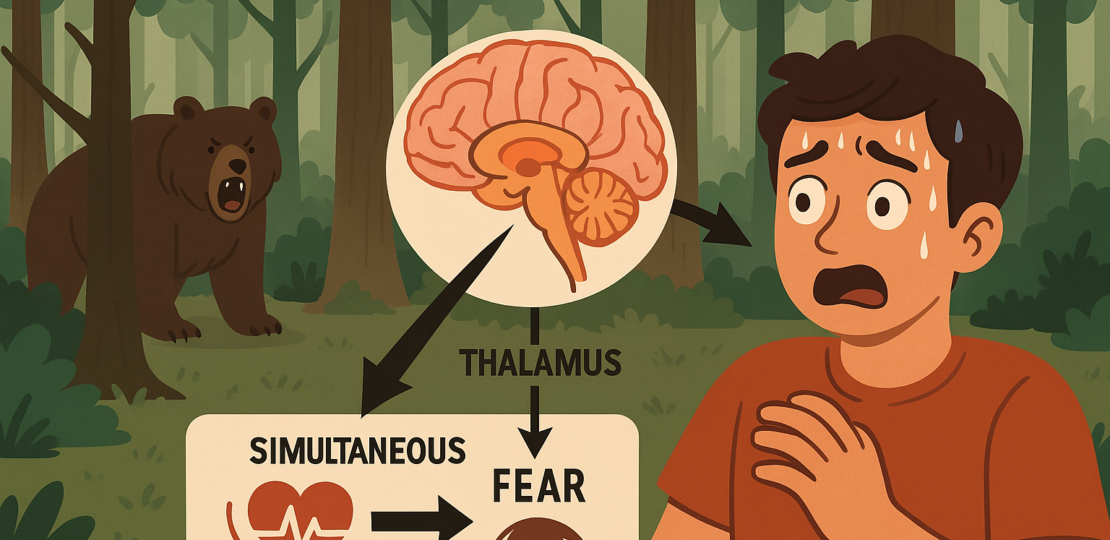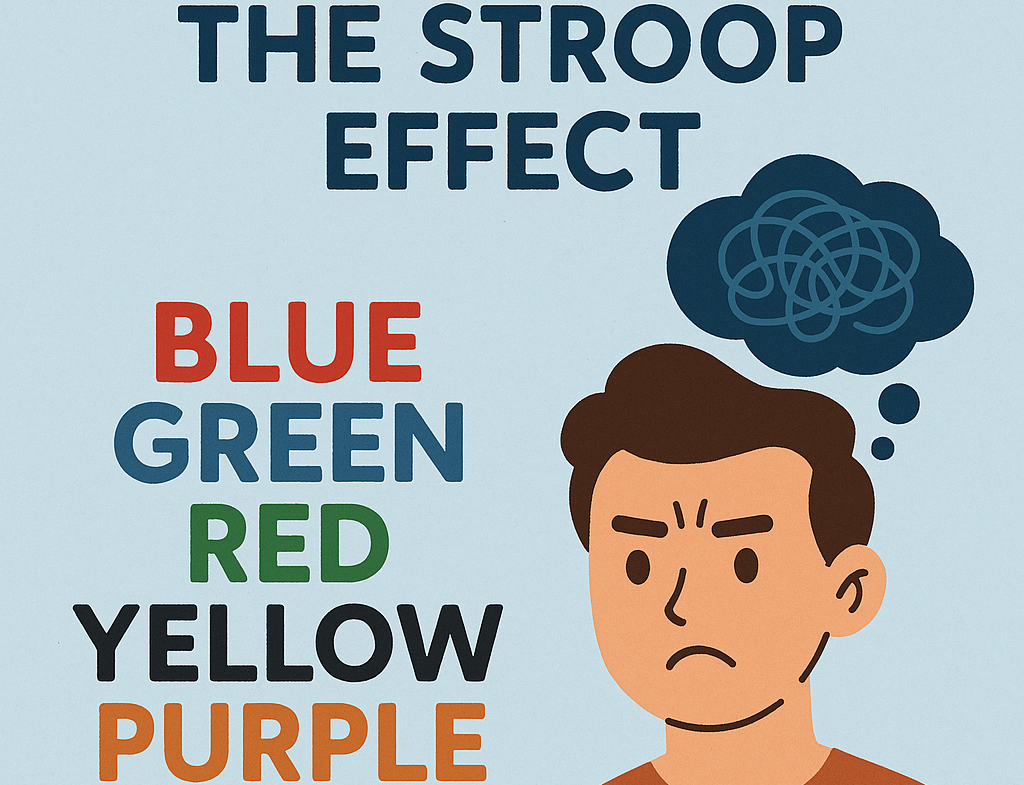
Welcome back guys. Today, we’re talking about the second theory of emotion.
Have you ever felt your heart race while simultaneously recognizing fear? The Cannon-Bard Theory of Emotion argues that emotions and bodily responses happen at the same time, not one after the other. Introduced by physiologist Walter Cannon and later refined by Philip Bard in the 1920s, this theory challenged the earlier James-Lange view by saying that emotions don’t wait for your body to react—they emerge alongside it. Did you notice something similar? Just as with James-Lange, it was not two scientists working together but rather two scientists at two different times with the same theory.
According to this theory, when you see something emotionally triggering—like a bear in the woods—your brain’s thalamus sends signals simultaneously to the cerebral cortex (producing the emotional experience) and the autonomic nervous system (causing physical changes like a faster heartbeat). This means you feel afraid and your body tenses at the same time. The important thing to keep in mind is both processes occur simultaneously but separately.
Cannon and Bard emphasized that similar physiological responses can accompany different emotions. For instance, your heart may race whether you’re excited or terrified. That’s why they believed that physical arousal alone couldn’t be the cause of emotion—it had to be processed together with brain activity.
Though later models added layers of complexity, the Cannon-Bard theory helped highlight the brain’s role in emotion and set the stage for neuroscience-driven emotional research. It emphasized the brain’s central processing hub as crucial for understanding our emotional experiences.
RELATED POSTS
View all

